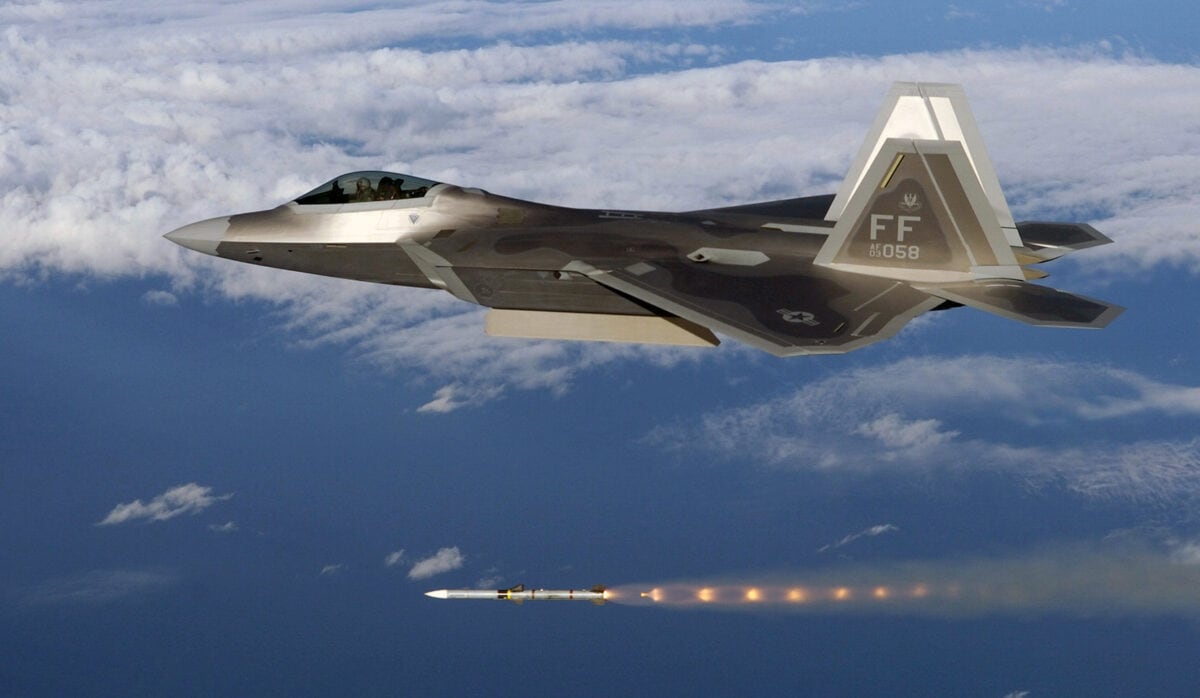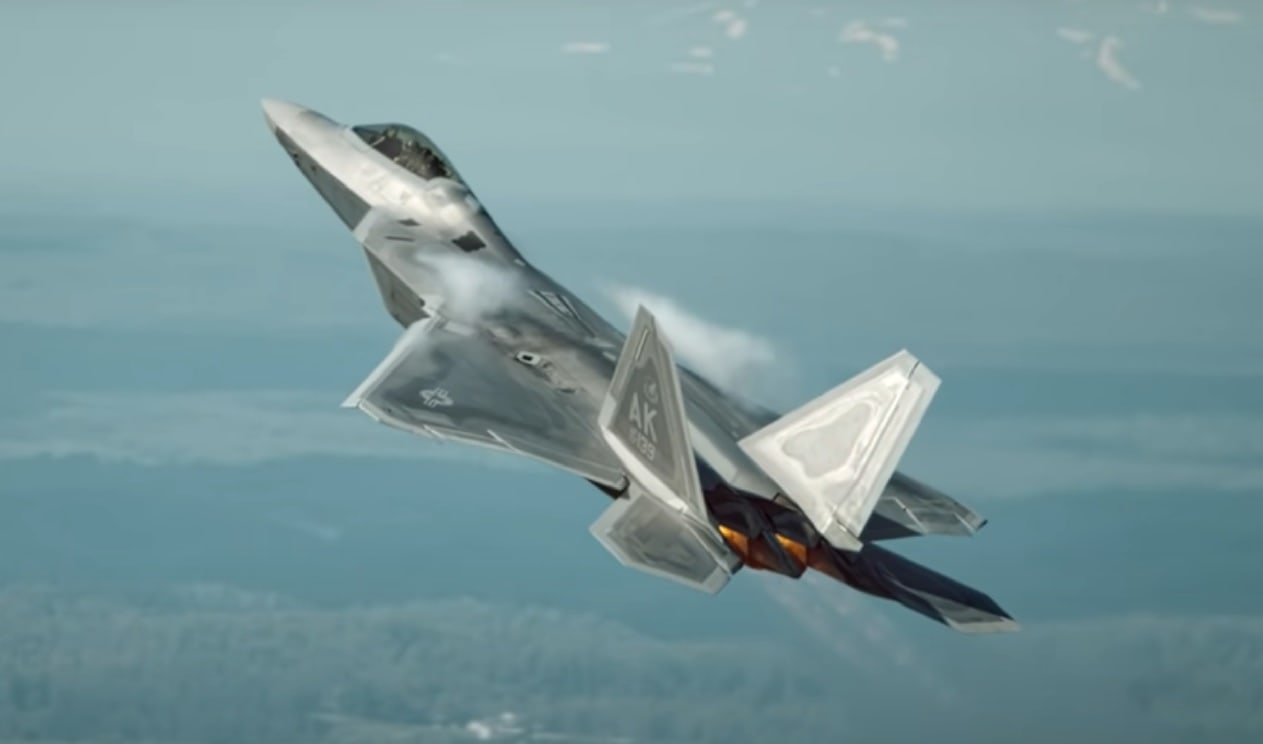The United States Air Force’s Next Generation Air Dominance (NGAD) program is moving ahead, and last week, it was reported that it had entered the critical engineering, manufacturing, and development (EMD) phase. Air Force Secretary Frank Kendall told attendees at an event at the Heritage Foundation that the sixth-generation fighter, which is the centerpiece of the project, has already flown as a prototype. That “X plane” had been designed to reduce some of the key technologies that would be needed for a production program.
Not it seems that the advanced next-generation aircraft is getting a boost from one of the United States Air Force’s most advanced aircraft now in service. In April, TheDrive.com’s The War Zone first reported in late April that the Lockheed Martin F-22 Raptor is being used as a test surrogate for technologies being developed as part of the NGAD program.
A System of Systems
The NGAD is far more than just a new fighter, and it has been described as a “systems of systems” of aircraft, weapons and sensors that are meant to help ensure that the United States can maintain tactical air dominance in a future conflict for decades to come. The NGAD is also on track to become the most expensive aircraft program in history, which could explain why the F-22 – the world’s first fifth-generation air superiority multirole fighter – has been employed as a test bed for some of the advanced technologies.
According to the Pentagon’s Fiscal Year 2023 (FY23) budget request documents, under the Advanced Technology Development section, F-22 Squadrons are already being employed in the NGAD testing:
“Technology maturation, risk reduction, studies, demonstrations and prototypes of classified F-22 development efforts. The F-22 Advanced Technology Development (ATD) program is conducted using a rapid acquisition construct leveraging commercial best practices such as agile and lean. This allows the F-22 Raptor enterprise to develop, test, and field software/hardware from multiple programs (product lines) using a scheduled cadence for capabilities as they mature.
“The F-22 program attempts to maximize efficiency by utilizing technology transfer both to the Next Generation Air Dominance (NGAD) portfolio, and from the NGAD portfolio based on emerging threats, AF priorities, and development pipeline capacity. Incorporating NGAD developed technologies will include developing, integrating, and testing capabilities on the F-22 weapon system.”
It would appear that technological development is now flowing both ways. The F-22 will be used as a test platform for the NGAD technologies, and where appropriate, some of the technologies developed under the program could then be employed with the Raptor. This could aid in the development of the NGAD aircraft but also serve to help maintain the F-22’s edge as other nations seek to develop fifth- and even sixth-generation fighter aircraft.

This F-22A Raptor from the 27th Fighter Squadron “Fighting Eagles” located at Langley Air Force Base, Virginia, fires an AIM-120 Advanced Medium Range Air-to-Air Missile (AMRAAM) and an AIM-9M sidewinder heat-seeking air-to-air missile at an BQM-34P “Fire-bee” subscale aerial target drone over the Gulf of Mexico during a Combat Archer mission. The unit was deployed to Tyndall AFB, Florida to support the Air-to-Air Weapons System Evaluation Program hosted by the 83rd Fighter Weapons Squadron also located at Tyndall.
The Air Force has already gone to Capitol Hill to ask lawmakers for about $1.7 billion to fund the NGAD program in its fiscal year FY23 budget. That included $133 million for research, development, testing, and evaluation funding. Clearly, some of that money will be well-spent, especially as it will keep the Air Force’s F-22 flying for years to come – and further improve the already advanced and capable aircraft.
Now a Senior Editor for 1945, Peter Suciu is a Michigan-based writer who has contributed to more than four dozen magazines, newspapers and websites. He regularly writes about military hardware, and is the author of several books on military headgear including A Gallery of Military Headdress, which is available on Amazon.com. Peter is also a Contributing Writer for Forbes.

